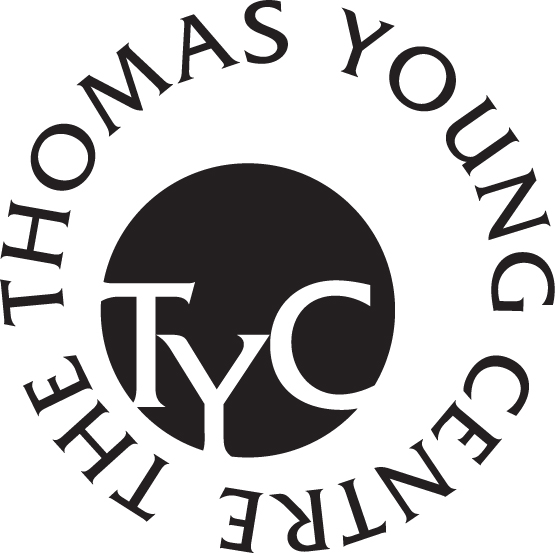

- This event has passed.
TYC Highlight Seminar: Jonathan Yates, University of Oxford
27 January 2022 @ 3:00 pm – 4:00 pm

Atomic Espionage: Understanding the structure of materials using Computational and Experimental NMR
Solid-state NMR is a powerful experimental probe of atomic scale structure and dynamics. A series of developments in electronic structure methods over the past two decades has given material scientists the ability to predict solid-state NMR parameters using codes such as CASTEP, QE and Wien2k. These are a valuable tool for the interpretation of experimental spectra. Indeed, it has been said that it is now hard to publish experimental solid-state NMR results without an accompanying DFT calculation.
In this talk I will highlight the key methodological advances behind the prediction of NMR parameters. I will also reflect back on how an experimental community came to so completely adopt electronic structure calculations. Finally I will highlight some very recent advances which aim to increase the range of applicability of these calculations.
Organised by:
George Booth
george.booth@kcl.ac.uk
Meeting ID: 933 5117 9800 Passcode: TYCIGS
